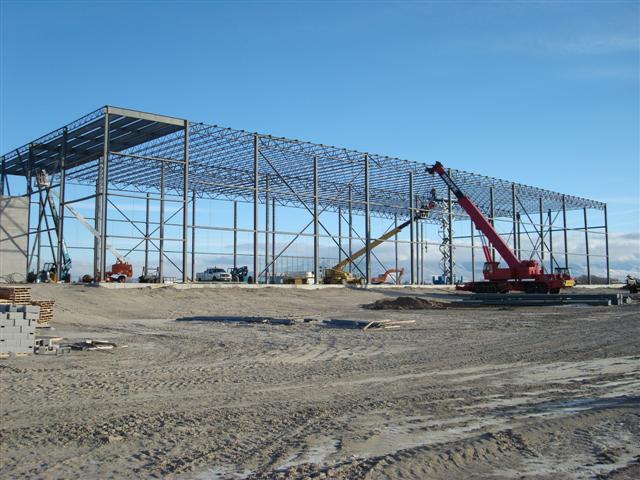Before a facility can become operational, there is much to consider including planning and design, government regulations and the overall goals a plant owner has. Let’s look at four major decisions that should be considered when the process begins.
1. Location
It’s all about location, location, location. In planning, owners often select a place that will be most efficient from a supply and demand standpoint, choosing sites that offer the best transportation access — but that’s not the only issue to take into consideration. Other key factors for selecting a location also include aspects such as:
- Local geography
- Plant’s daily operations
- Utility costs
- Distance to resources
- Environmental issues
In addition, local code and zoning restrictions can limit height, location and screening of exterior equipment, and maximum exterior equipment height (e.g., ingredient silos). It’s a matter of knowing the individual plant. Are there seismic concerns that will dictate construction materials? Are there wind speed issues that may impact the building’s exterior and the way piping is integrated into the building? Owners and engineers should work in tandem to understand these matters, as these conditions will guide many decisions in the design process.
2. Building structure
The way the building itself is constructed also plays an important role in the overall design of the plant and its systems — both interior and exterior. Precast concrete often caps the height of the building due to its weight, and can limit where room and process openings can be placed. Steel buildings may offer more flexibility, but also must be assessed as part of the overall food safety program (i.e., typically, a ceiling would be required). Equipment layouts, piping, electrical, lighting and HVAC ducts will all be affected by the types of building materials selected.
3. LEED requirements
Obtaining LEED certification often requires a more detailed approach to material selection and the overall design. The certification recently changed, and LEED v4 became the new standard. Some high-level changes include:
- Adaptations for global growth
- Market sector improvements
- Improved environmental outcomes
- More user-friendly interface
The first step is to determine the level of certification the owner desires so designers can properly document and design for those requirements. LEED affects virtually every aspect of the design of the building including the energy model, water and wastewater usage and recovery, piping systems, lighting selection and much more. Once the design has begun, it is difficult, and costly, to modify these systems significantly.
4. Insurance
As the preferred insurer for most commercial projects, FM Global has rigorous specifications and standards, so it’s important to address those requirements during the initial design phase. Different types of insurance include:
- Commercial General Liability Policy
- Umbrella Liability Policy, Builder’s Risk
- Professional Liability Coverage
- Contractor’s Pollution Coverage
When choosing a carrier, an important consideration is previous history. A good indicator of the history is the company’s solvency ratio — a combination of the loss ratio and the expense ratio.
If you’d like to learn more about our design process and key issues that impact design, email us at foodforthought@stellar.net and foodforthought@stellar.net.




